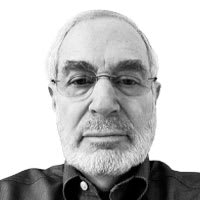Opinion
Photo Illustration by Erin O’Flynn/The Daily Beast/Getty
We’re Putting Kids in Maximum-Security Prisons. In America.
NOT THE ANSWER
Louisiana is relocating minors to Angola, the nation’s largest adult maximum security prison.
opinion

Trending Now





